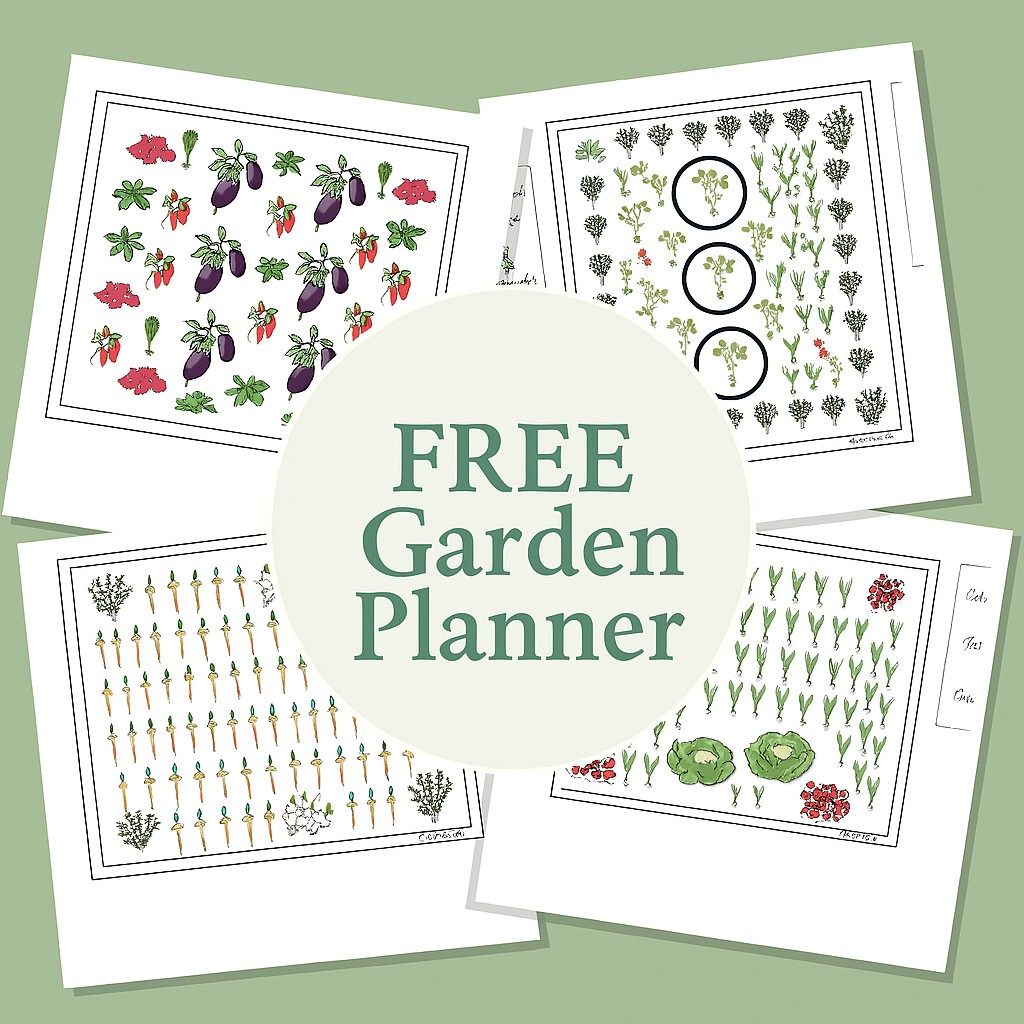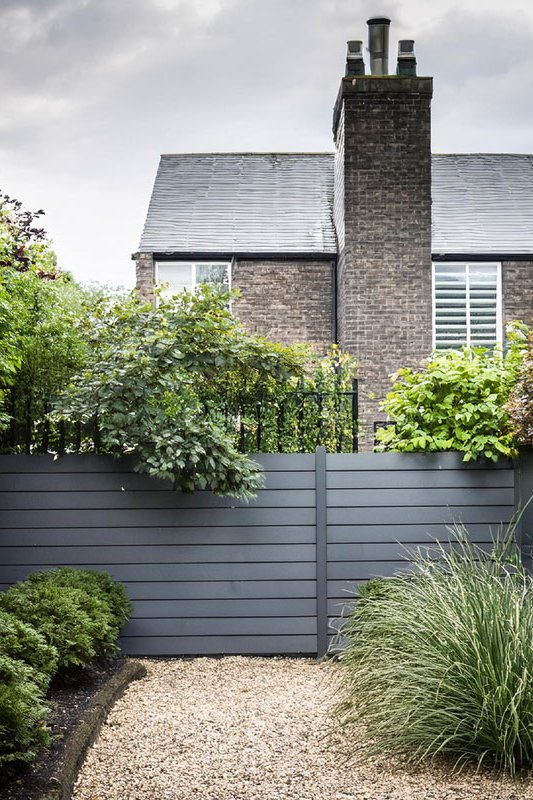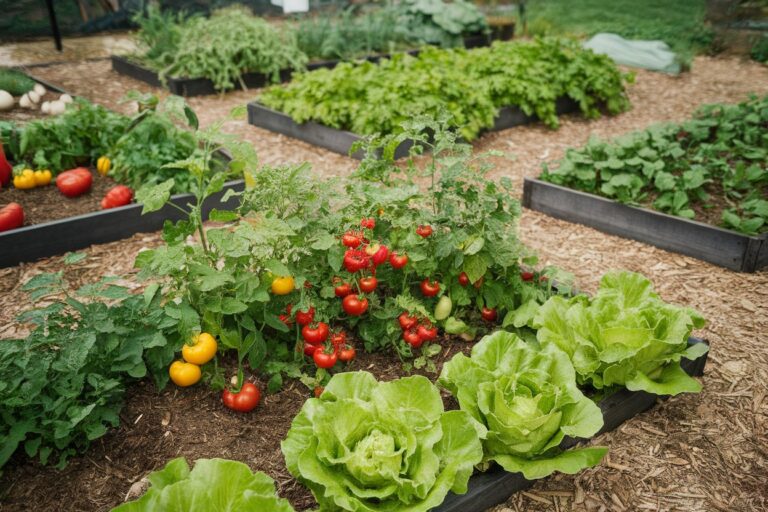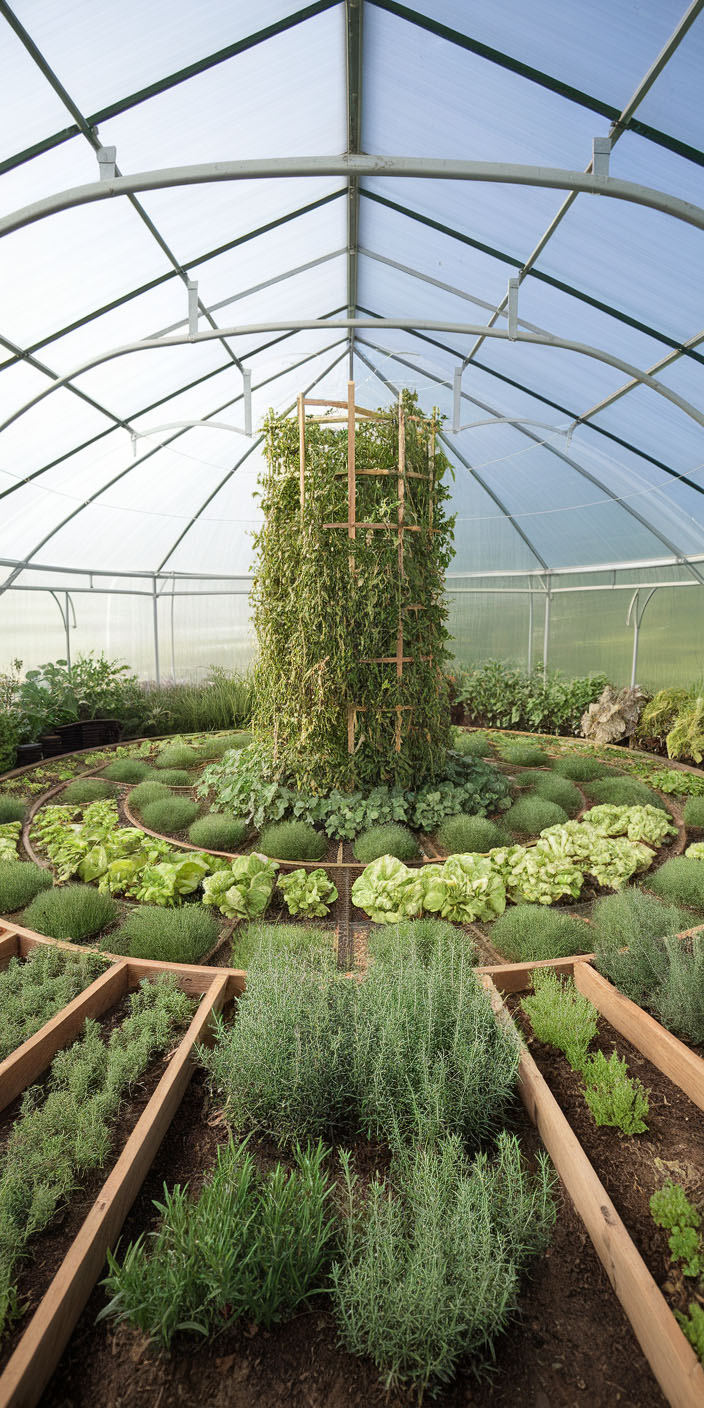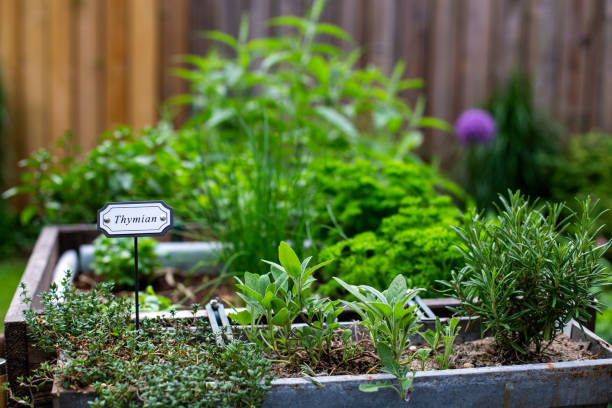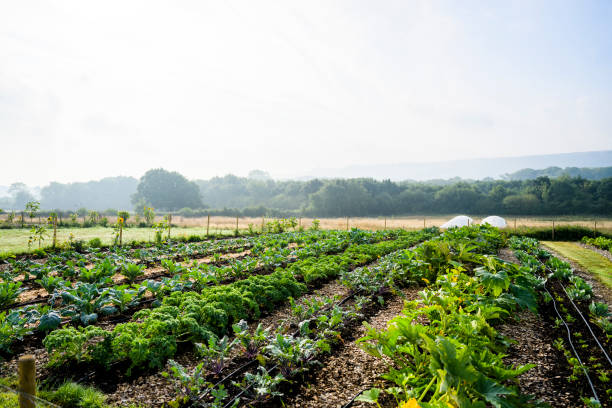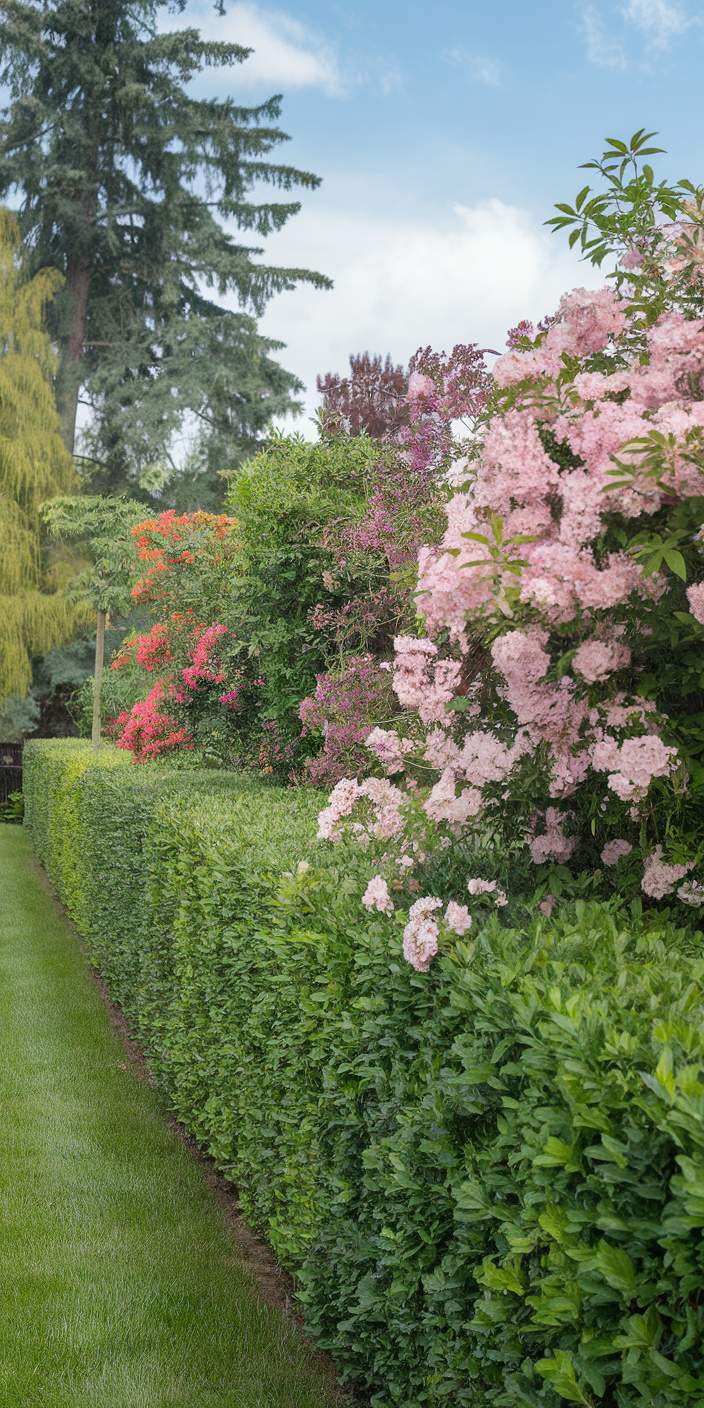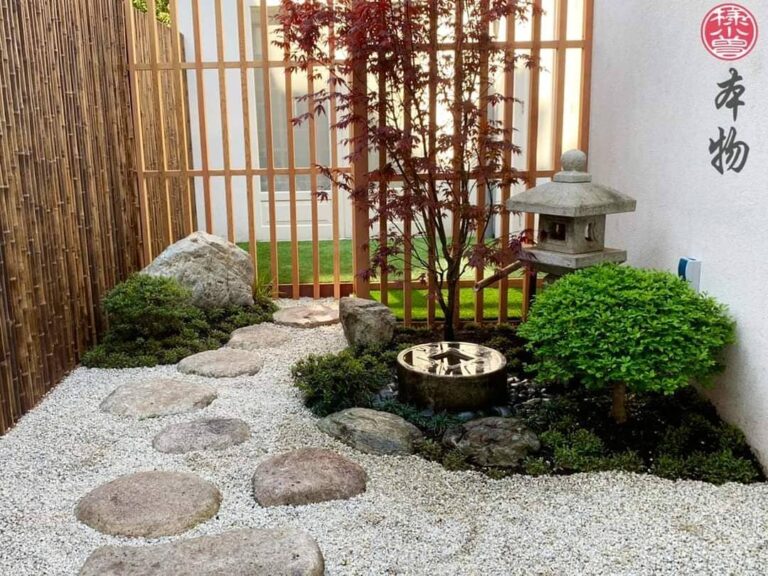Garden Fence Ideas to Transform Your Outdoor Space
A garden fence can do so much more than mark boundaries—it sets the tone for your entire outdoor area.
It’s like the frame around a painting; whether you’re aiming for wild cottage charm, clean modern lines, or something whimsical and unexpected, the right fence makes everything feel a bit more intentional.
I’ve seen so many gardens where a simple tweak to the fencing took the whole vibe from “meh” to “wow, who lives here and can I be their friend?”
When I first started tinkering with our little backyard, the fence wasn’t exactly a priority. It was that classic, weathered paling kind that barely held itself upright and had somehow become a canvas for rogue vines and lichen colonies.
But once I started paying attention to it—treating it as part of the garden rather than just the thing that kept the dog from bolting—the whole space came alive.
Let the Fence Match the Mood
Before diving into materials or styles, I always ask myself: what’s the mood of this space?
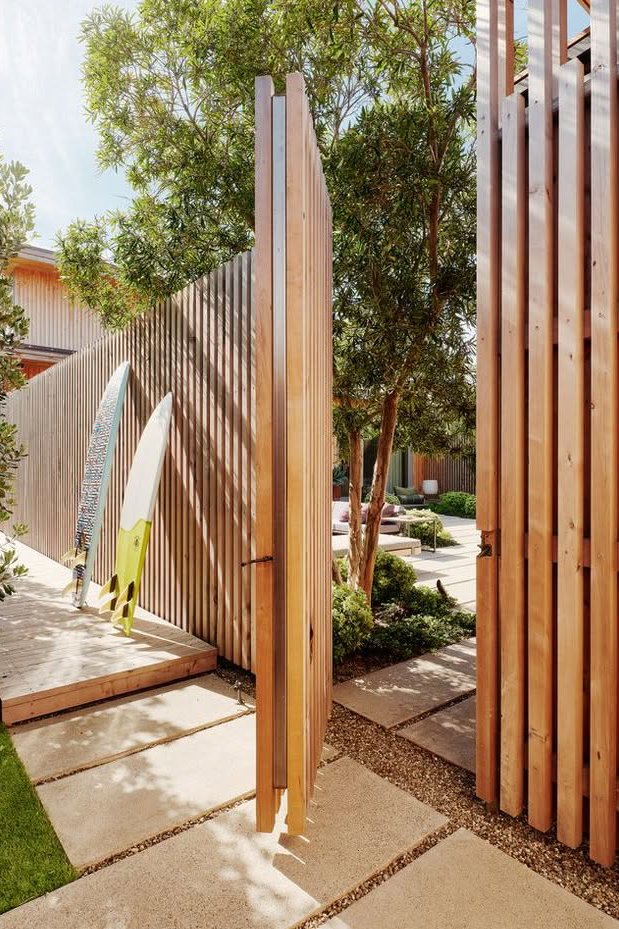
If you’re going for rustic and relaxed, something like reclaimed wood with a soft, aged patina can make your space feel grounded and cozy.
On the other hand, a matte-black vertical slat fence can add a dramatic modern edge, especially when paired with architectural plants like flax or ornamental grasses.
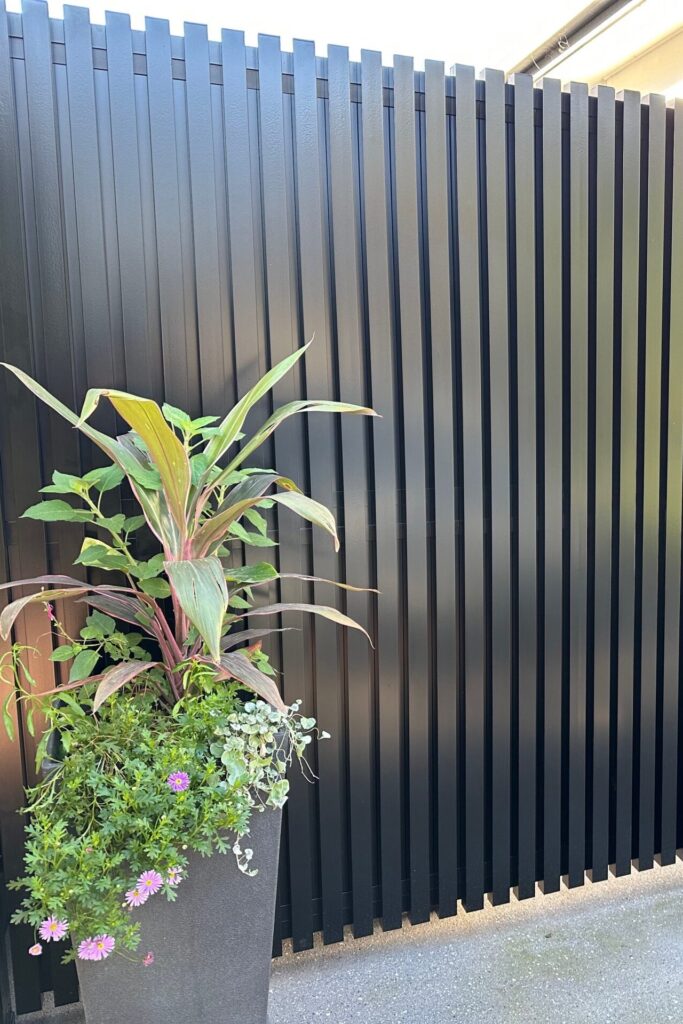
In a veggie patch, you might not think style matters much—but even there, a bit of creativity can shine.
Wattle fencing (those charming handwoven branches) adds an old-world feel and works beautifully with herbs, beans, and flowering companions.
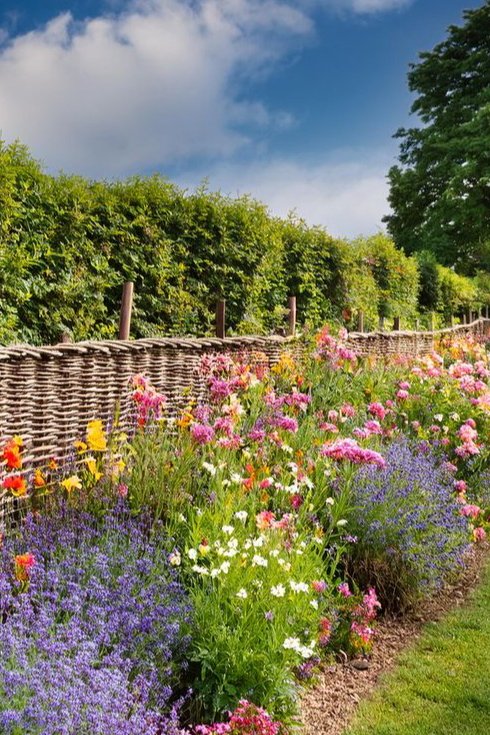
It’s also surprisingly easy to make if you’ve got some flexible branches and time on your hands.
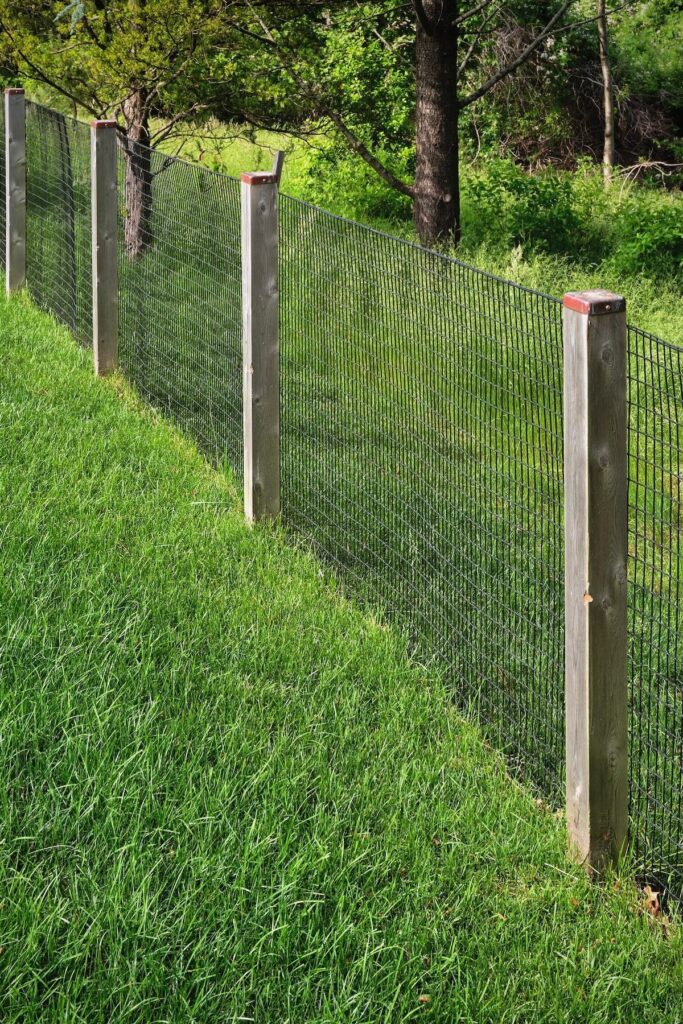
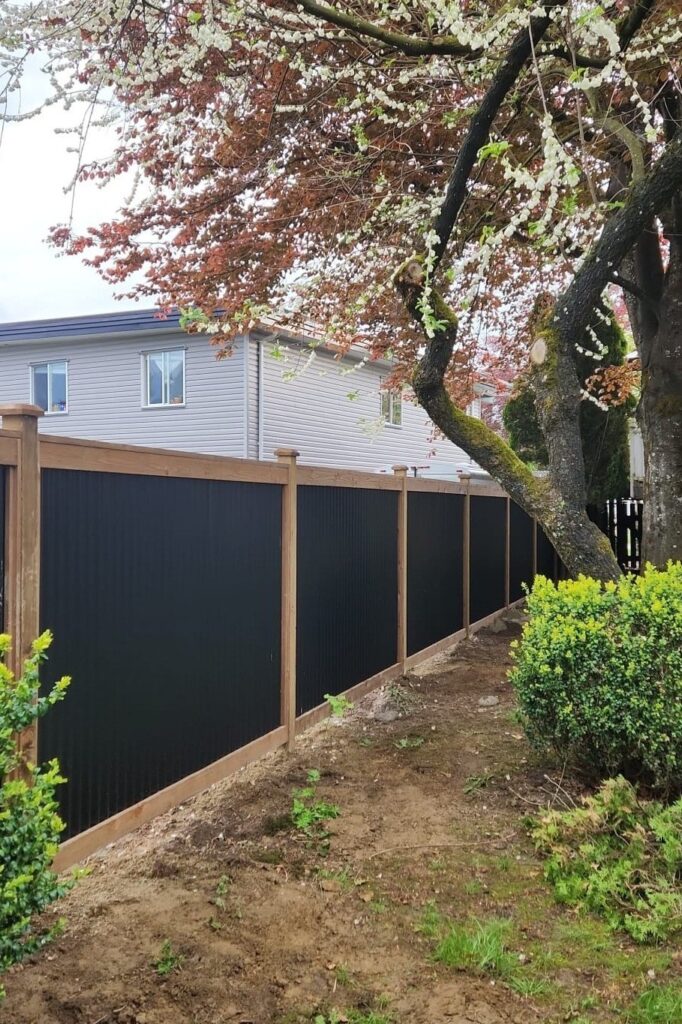
Colour Changes Everything
This is one of those little things that makes a huge difference. Painting a fence—even just with a soft sage green or a creamy off-white—can change the light in your garden.
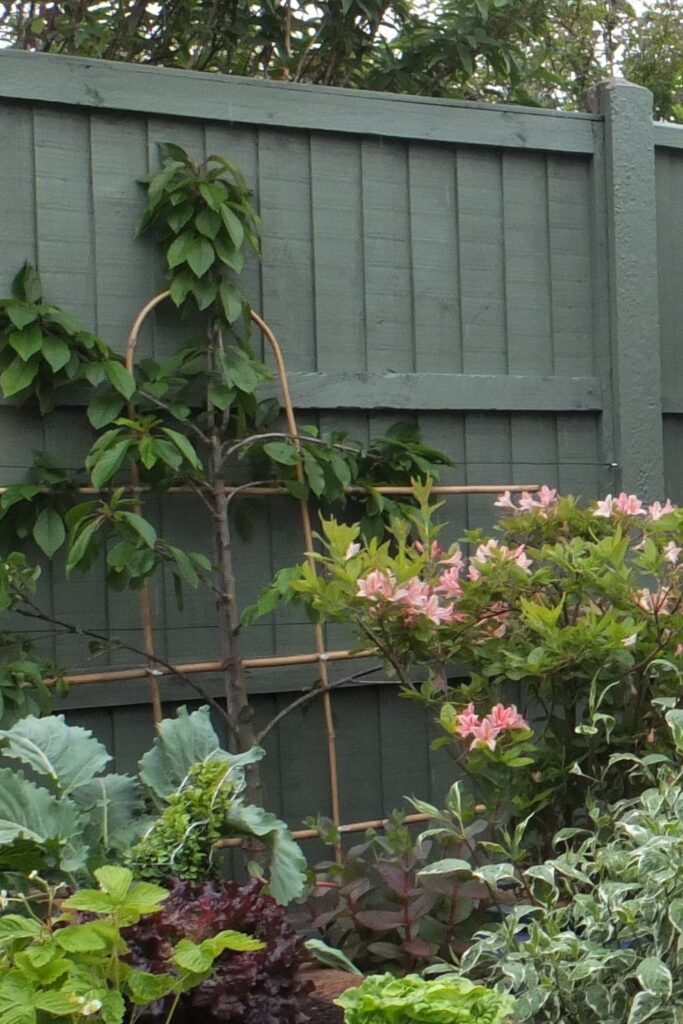
In a small space, a white or pastel-toned fence reflects more light and gives the illusion of openness. Darker tones, like charcoal or deep navy, can make greenery pop like you wouldn’t believe.

I once painted an old paling fence a moody green-black and suddenly the hydrangeas and salvias in front of it looked like they’d been curated by a botanical stylist.
Even if you’re renting or not up for a major project, a few painted panels or stenciled designs can add charm without much effort.
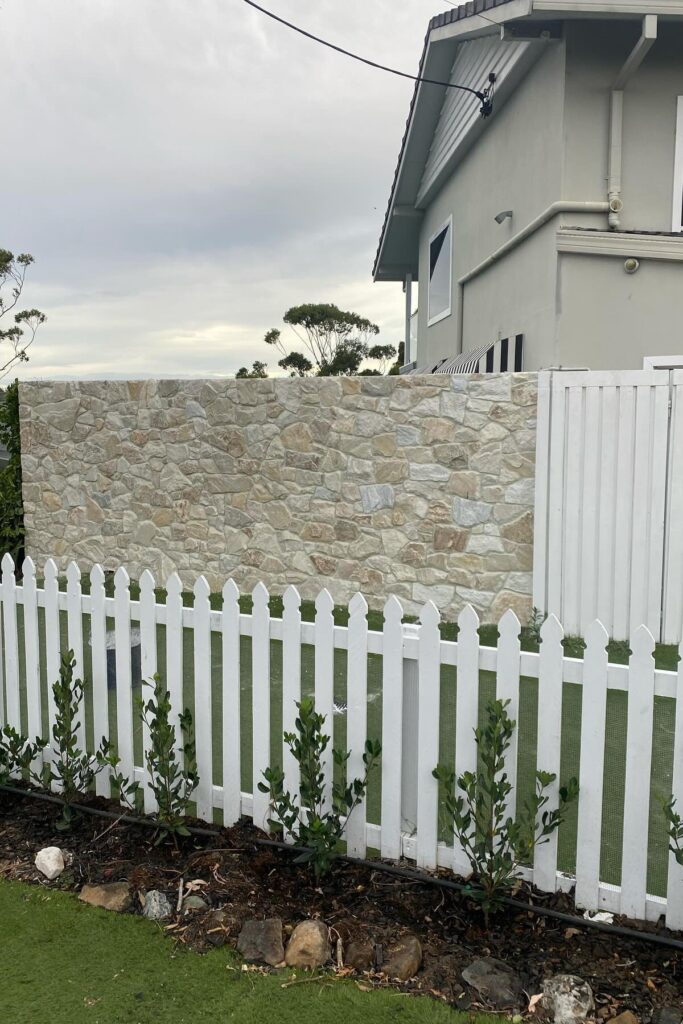
You can lean a painted trellis against an existing fence and train a climber over it—it feels custom without touching the actual structure.
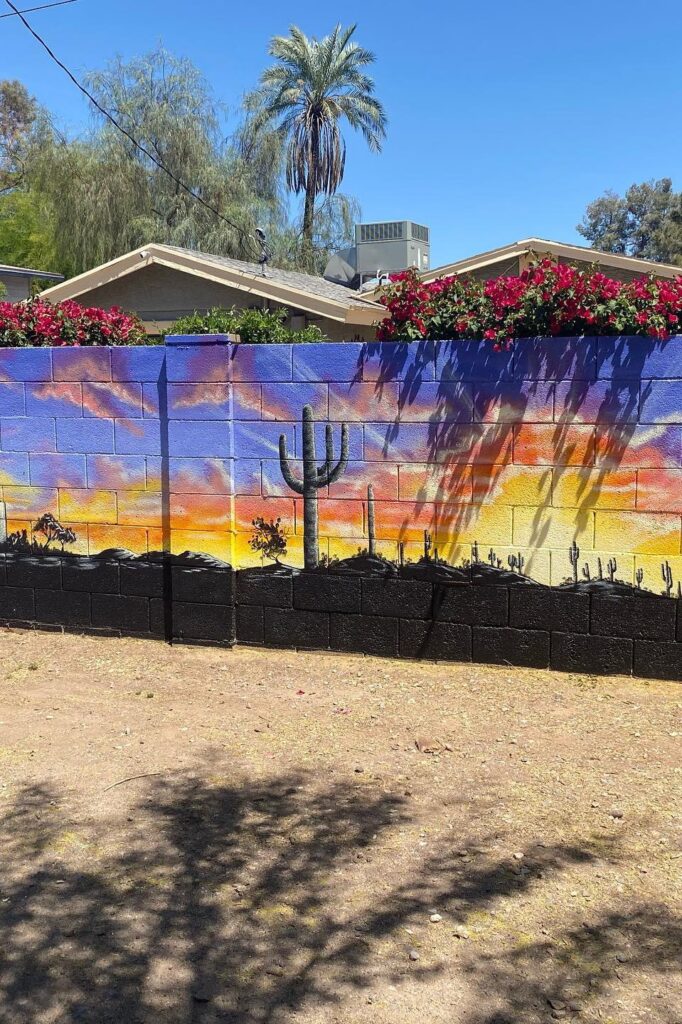
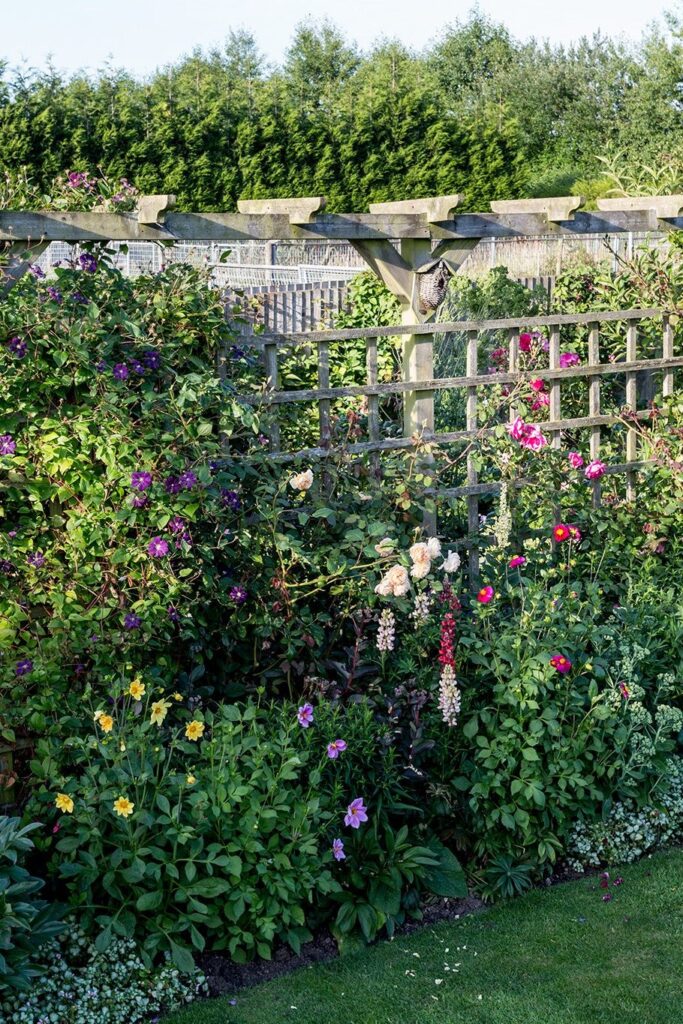
Fences That Grow
Living fences are probably my favourite. There’s something magical about boundaries made of green—hedges, espaliered fruit trees, or even densely trained vines on wire or mesh.
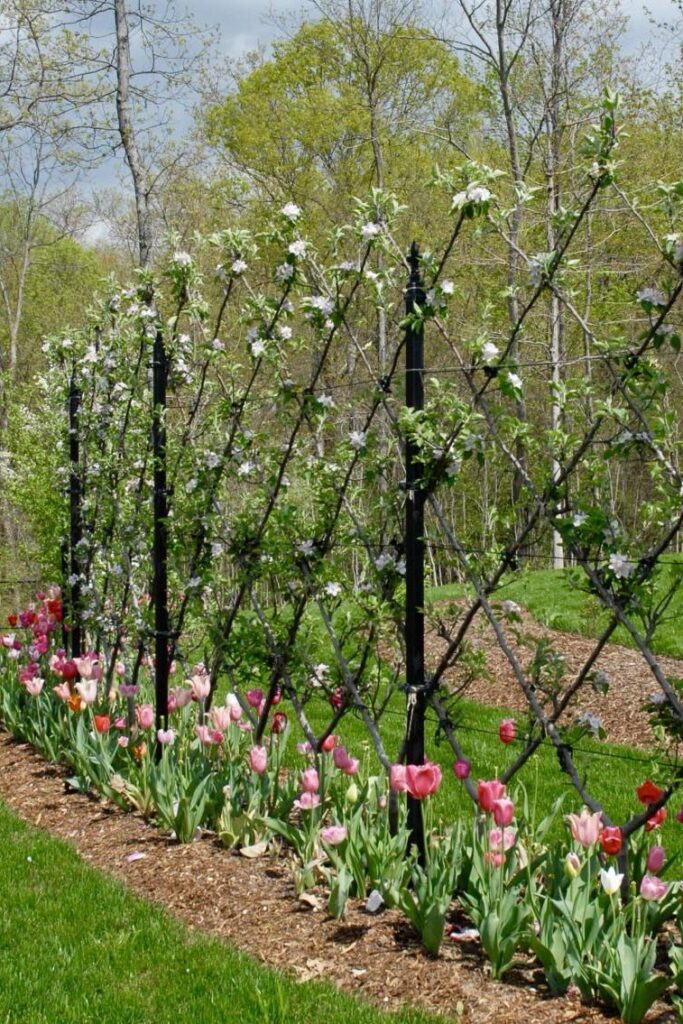
They take more time, sure, but the payoff is worth it. A wall of lavender, rosemary, or native shrubs not only looks lovely but invites pollinators and gives your garden a fragrant, alive feeling.
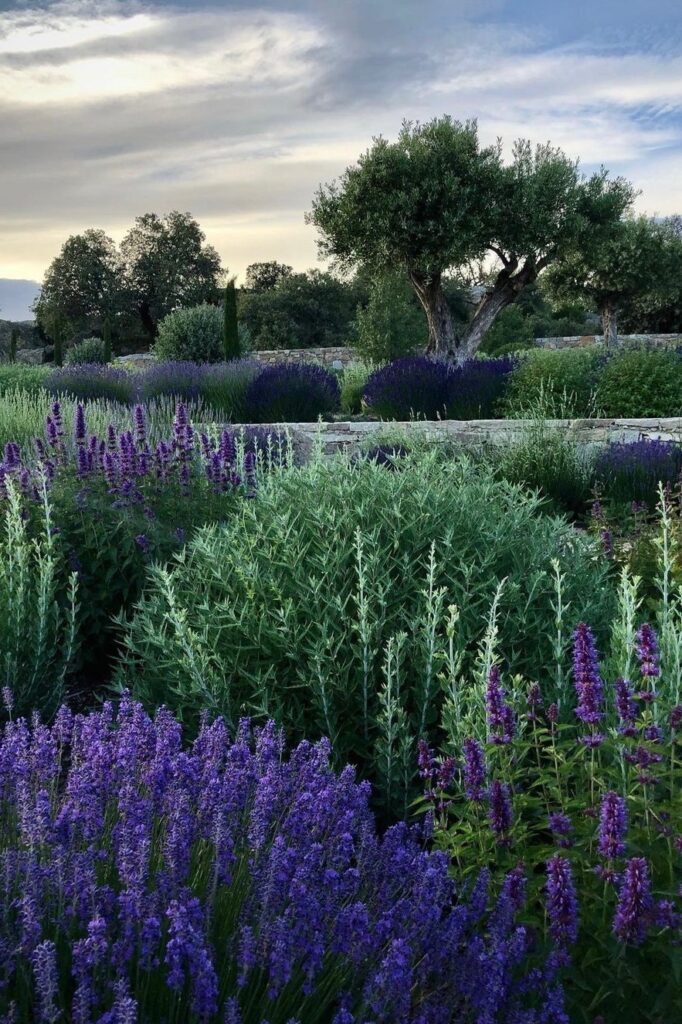
And then there are the vertical garden fences—great for small spaces or when you want a bit of drama.
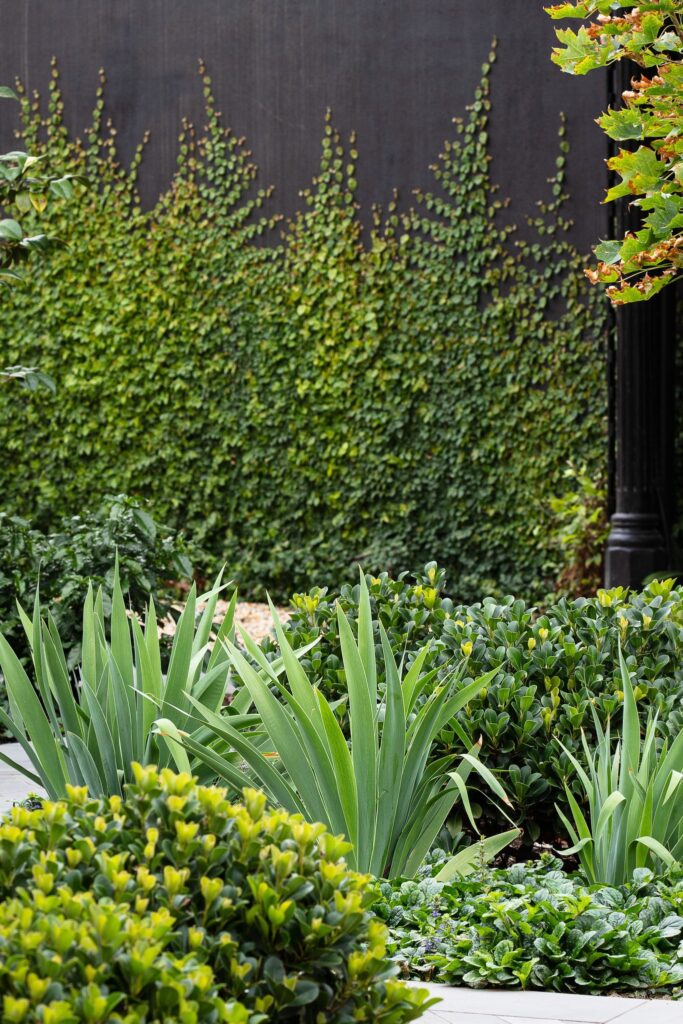
Think rows of strawberries spilling from planters, or a fence panel completely covered in ivy or creeping fig. It turns the ordinary into a living artwork.
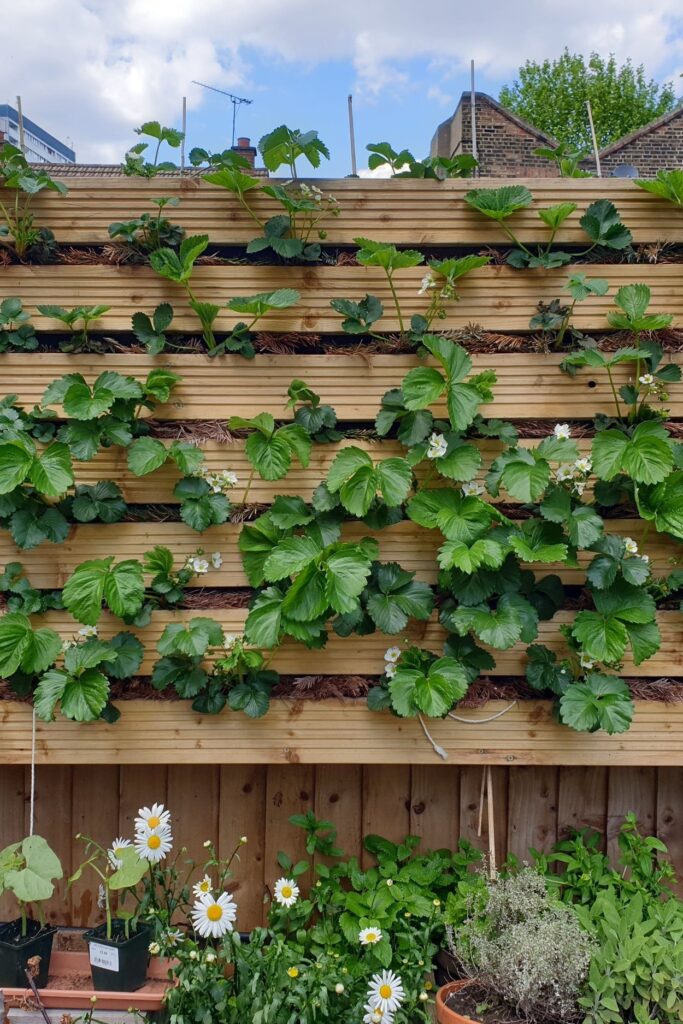

Mix Materials for Character
There’s no rule that says your entire fence has to match. One of the more charming ideas I’ve seen was a fence that combined timber posts with wire mesh, softened by climbing roses and nasturtiums weaving their way through.
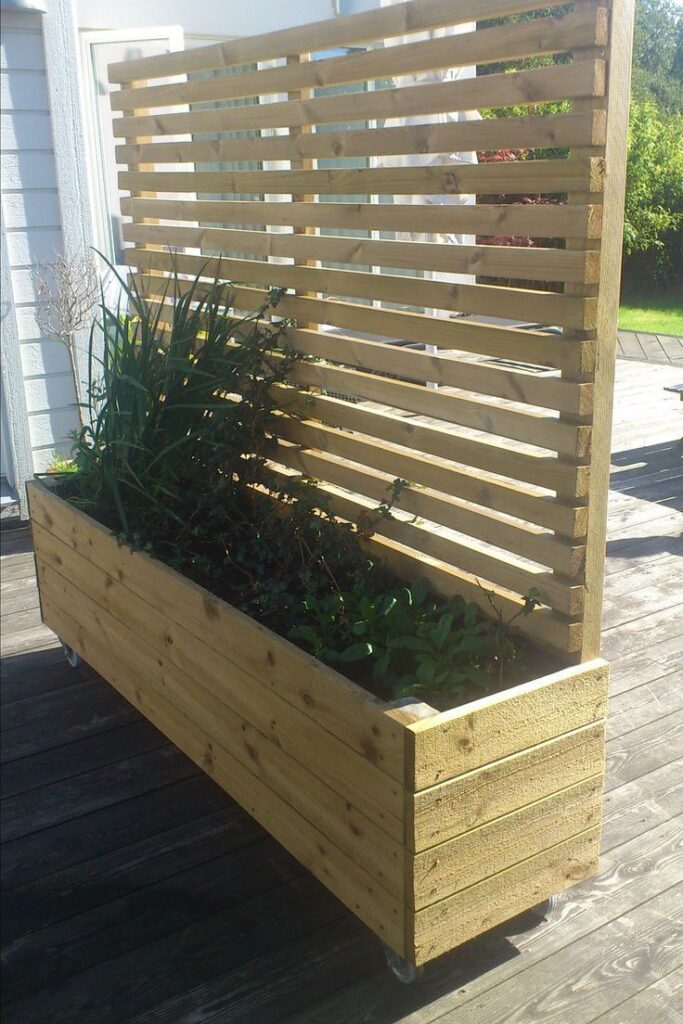
Another was a reclaimed wood fence with the occasional corrugated iron panel for texture. It felt organic, like it had grown that way over time.
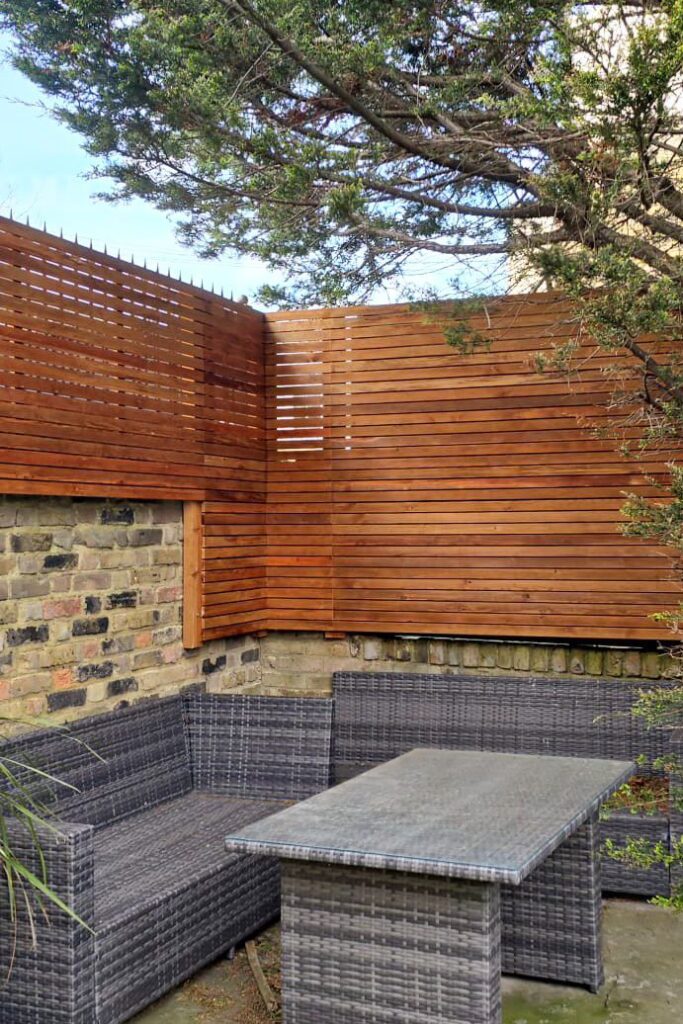
If you’ve got a patio or outdoor dining area, combining your fencing with built-in bench seating or raised planters can also help the space feel more cohesive and thoughtful—like a room with green walls.
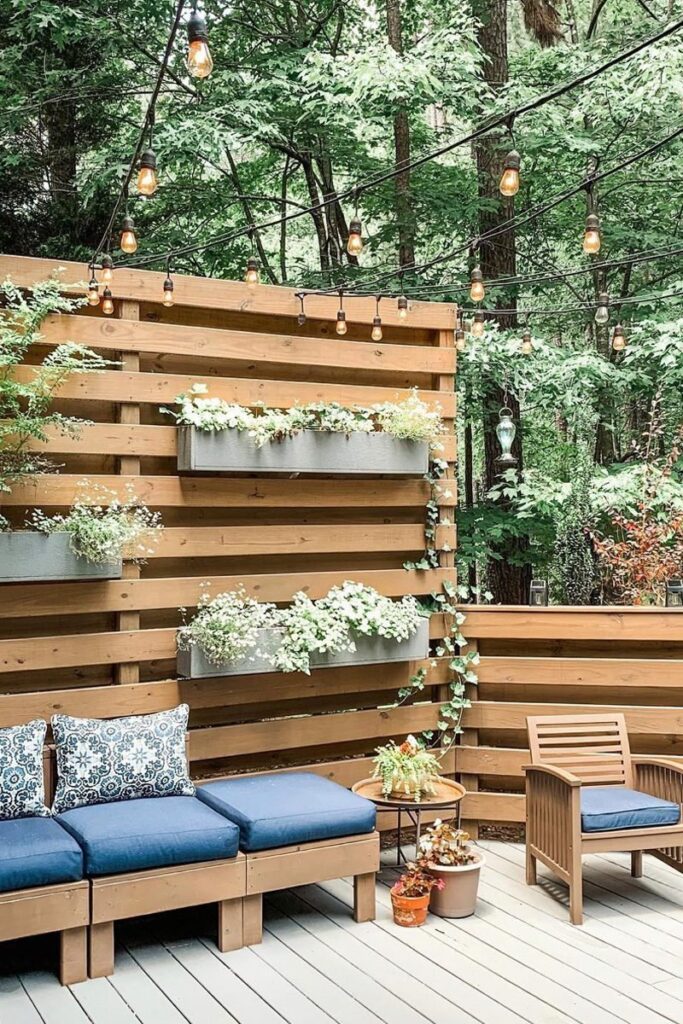
A Note on Privacy and Perspective
If you’re working with neighbours nearby, sometimes the main concern is privacy.
Solid panel fences can help, but you can also get clever with layering—planting tall grasses or shrubs in front, or adding lattice extensions to the top of an existing fence for extra height without the bulk.
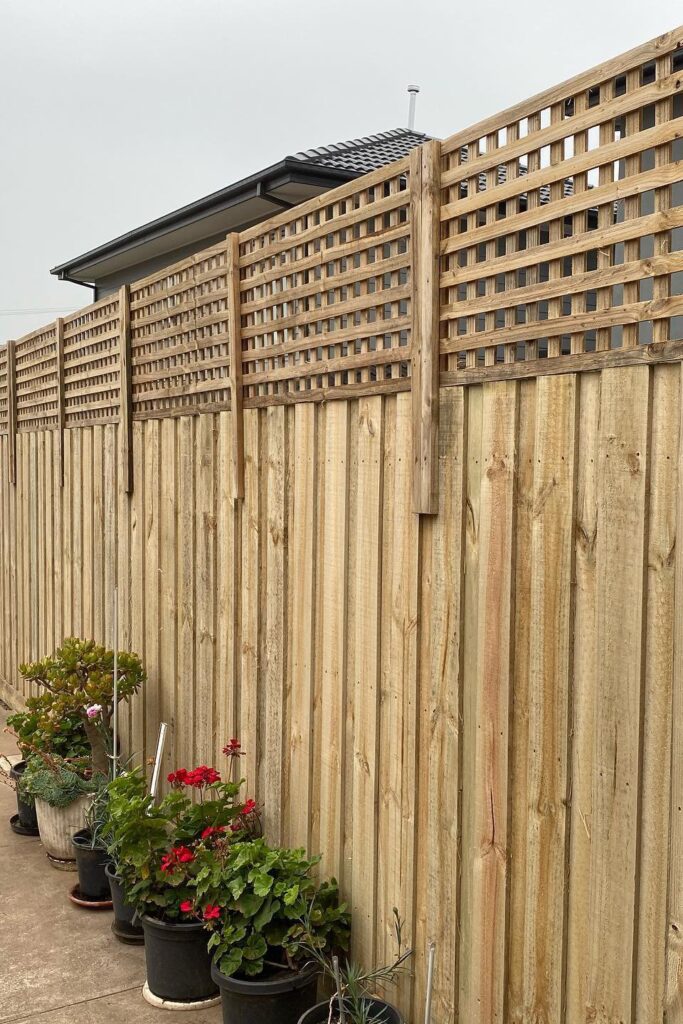
Even semi-transparent screens made from bamboo, timber slats, or metal cut-outs can offer privacy without cutting off the light.
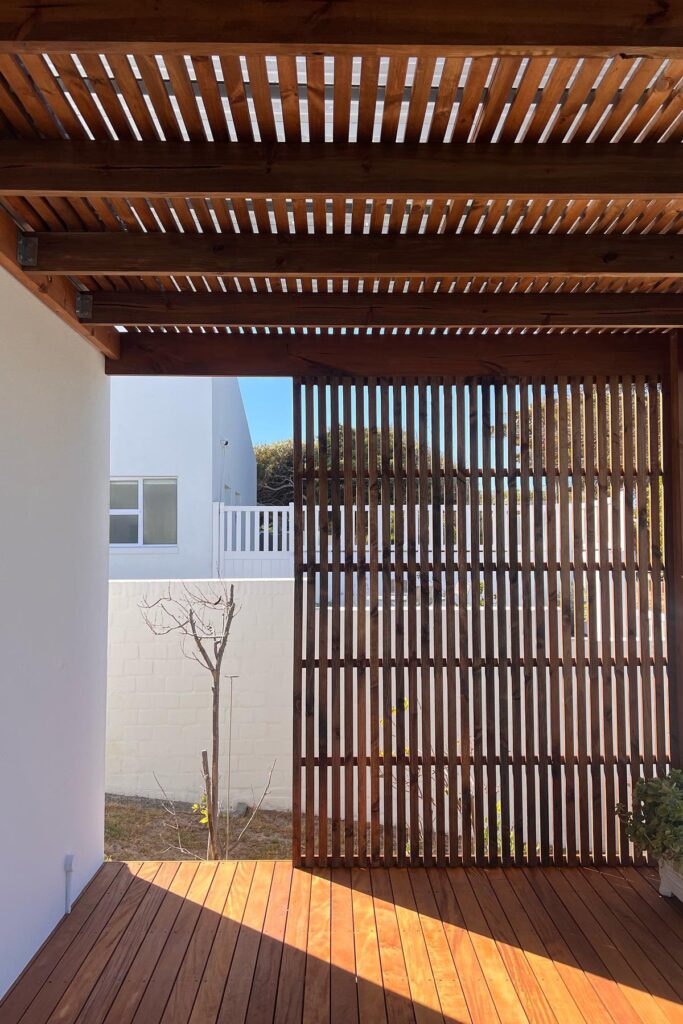
Perspective plays a role too. A lower fence at the front, gradually rising towards the back, draws the eye through the space and creates a sense of depth—something I’ve really come to appreciate in smaller gardens.
